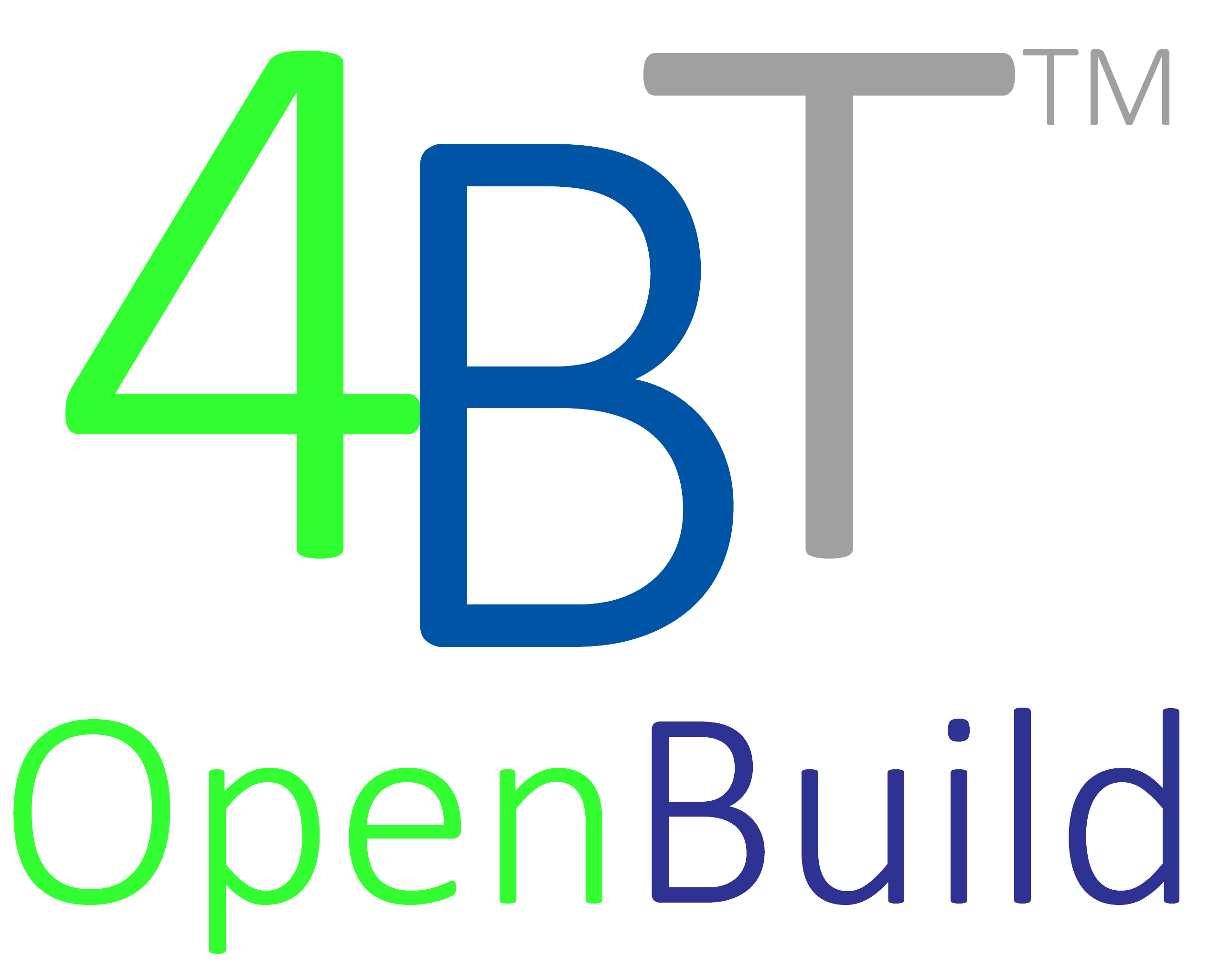System thinking is the simultaneous consideration of outcomes, means, methods, constraints, and team interactions in pursuit of continuous improvement. It is critical to lifecycle management of the built environment and the support of relationship centric contracts among architects, general contractors, building owners and other stakeholders which enable and promote early engagement, alignment of interests, and an integrated decision-making body.
While many public sector real property owners have struggled with the problem of how to manage lifecycle total cost of ownership asset management, tools and support services are now readily available.
Leveraging these proven tools and services, however, requires shifting from traditional managerial practices. More specifically, system thinking, and the integration of collaborative internal and external planning, procurement, and project delivery teams are fundamental requirements.
The good news is that the solutions are robust, and execution is simple. The bad news is that many, most, have not been well educated in basic lifecycle asset management fundamentals and workflows, and simply don’t “get it”. While unacceptably wasteful, both financially and environmentally, it is perceived to be far easier to continue with the ‘status quo’ and do what always has been done.
What is needed?
- Leadership commitment, support and a systemic understanding of the interdependent elements required to generate a desired outcome.
- Collaborative integrated internal and external planning, procurement, and project delivery teams on an early and ongoing basis, with defined mutually beneficial outcomes.
- A common information environment including current, granular, locally researched repair, renovation, construction, and preventative maintenance costs organized using standard data architectures.
With the above three items in place, conflicting the interests of multiple stakeholders are removed. Focus is shifted to defining requirements up front for all participants to achieve a well-defined outcome. Economic, social, technical, and political contexts are better understood and become aligned.
- Support and maintain a focus upon best value outcomes.
- Leverage social agenda, practices, stakeholder relations, politics by embracing a mutually beneficial internal and interorganizational system common to all projects and activities.
- Plan, procure, and deliver each project within the common interdependent framework, thus removing bureaucratic barriers to collaboration and communication.
- Empower people doing the work to find solutions to the inevitable myriad of issues that can arise, and/or limit best value realization.
- Support the ability of all participants and stakeholders to envision best value outcomes, implement the necessary actions and innovations to achieve them, continuously check intermediate results; and dynamically adjust for improvement.
- Define and monitor quantitative metrics as a tool for continuous improvement versus traditional benchmarking. Best value is not a constant proposition and means for achieving it require continuous refinement, thus continuous measurement is critical to learning and adaptation.















































































































































